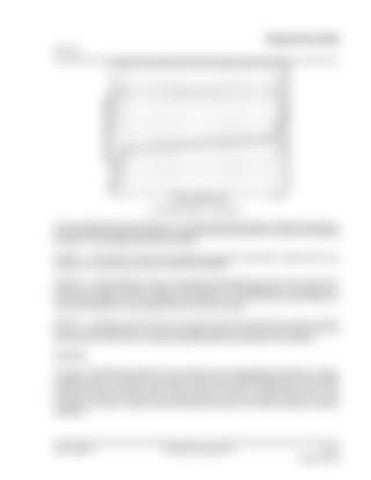Engineering Data BI011160
Wire Rope Stretch vs. Rope Life
As a rope degrades from wear, fatigue, etc., (excluding accidental damage), continued application of a load of constant magnitude will produce varying amounts of rope stretch. A “stretch” curve plotted for stretch vs. time displays three distinct phases: PHASE 1. - Initial stretch, during the early (beginning) period of rope service, caused by the rope adjustments to operating conditions (constructional stretch). PHASE 2. - Following break-in, there is a long period-the greatest part of the rope’s service lifeduring which a slight increase in stretch will take place over an extended time. This results from normal wear, fatigue, etc. On the plotted curve stretch vs. time-this portion would almost be a horizontal straight line inclined slightly upward from its initial level. PHASE 3. - Thereafter, the stretch occurs at a quicker rate. This means that the rope has reached the point of rapid degradation, a result of prolonged subjection to abrasive wear, fatigue, etc. This second upturn of the curve is a warning indicating that the rope should soon be removed. Corrosion Corrosion, while difficult to evaluate, is a more serious cause of degradation than abrasion. Usually, it signifies a lack of lubrication. Corrosion will often occur internally before there is any visible external evidence on the rope surface. Pitting of wires is a cause for immediate rope removal. Not only does it attack the metal wires, but also prevents the rope’s component parts from moving smoothly as it is flexed. Usually, a slight discoloration because of rust merely indicates a need for lubrication.
SM141490-EN
7295 Electric Rope Shovel
8 - 55 November 2012

